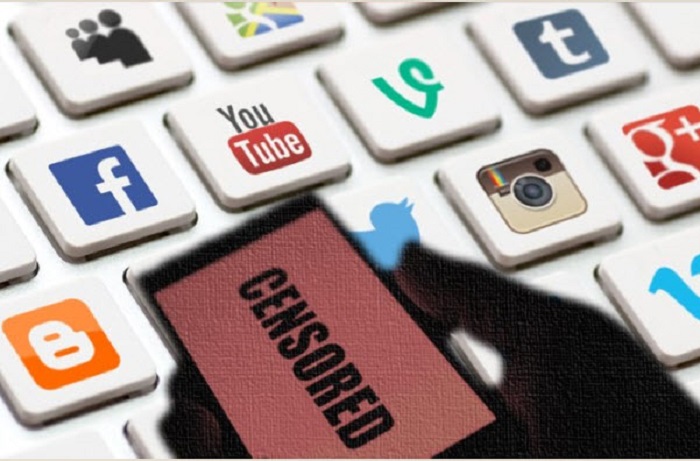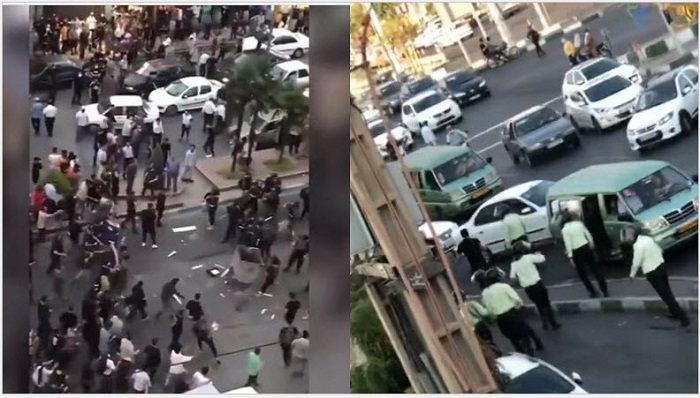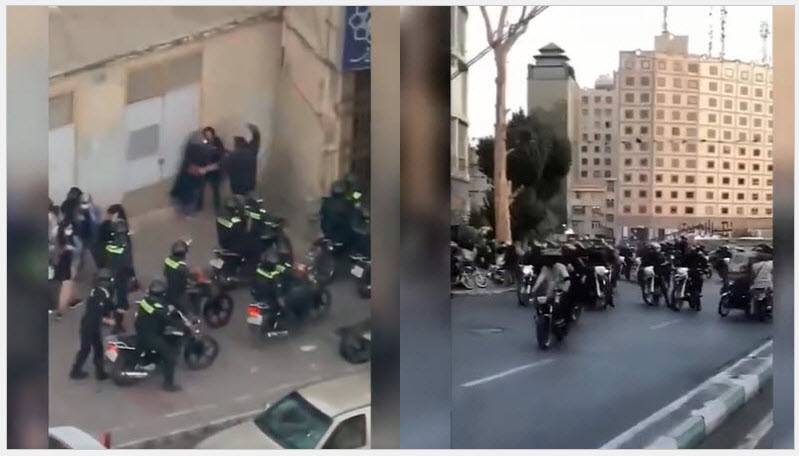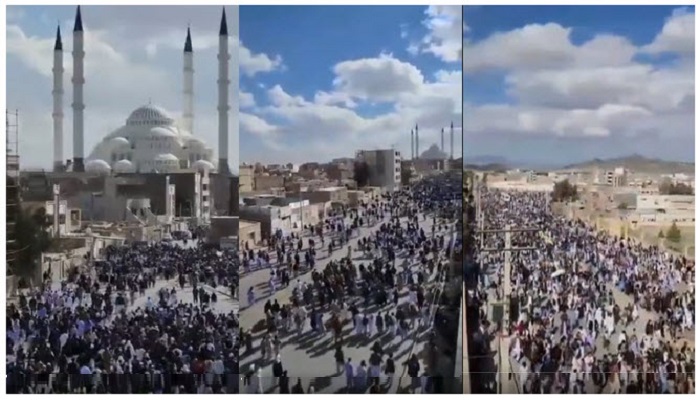
While the protests have been sparked by various issues, including corruption, economic hardships, and the regime’s draconian laws, they are backed by decades of outrage toward the regime’s suppression of the most basic freedoms.
The protests have been met with a heavy-handed response from the regime, with thousands killed and thousands more arrested. The protests have significantly impacted the regime, highlighting the deep dissatisfaction of most of society with the current dictatorship and the need for change.

Women and girls have also taken leading roles in protests toward the overthrow of the regime, highlighting the important role of women in society. However, the Iranian people are facing ruthless and rampant information warfare, creating obstacles to democratic change.
One of the disinformation and censorship campaigns is led by the regime and foreign-backed Persian language outlets and media that are run by currents that do not seek regime change. They selectively broadcast news and create narratives that promote some sort of compromise with the regime and its leading institutions, such as the Revolutionary Guards (IRGC).

Therefore, they censor news of protests that call for the overthrow of the regime and a rejection of all forms of dictatorship. This unlawful aspect of censorship is evident when it aids the survival of Iran’s repressive regime. The Iranian government’s infiltration of these media is so conspicuous that it requires no further examination.
These media outlets engage in unprofessional censorship of news, slogans, and activities related to the uprising, which would be puzzling to an impartial observer.

This censorship is also applied to the international activities and achievements of the MEK and the National Council of Resistance of Iran (NCRI). In this case, they are all unanimous that they should be silent.
The Iranian people will rely on their own capacities, on their resistance movements, and on the brave Resistance Units to overthrow this regime and bring freedom and democracy to their country. The most merciless censorship in Iran’s history is a reminder of the Iranian people’s need for change and their ongoing struggle for basic freedoms.
 MEK Iran (follow us on Twitter and Facebook), Maryam Rajavi’s on her site, Twitter & Facebook, NCRI (Twitter & Facebook), and People’s Mojahedin Organization of Iran – MEK IRAN – YouTu
MEK Iran (follow us on Twitter and Facebook), Maryam Rajavi’s on her site, Twitter & Facebook, NCRI (Twitter & Facebook), and People’s Mojahedin Organization of Iran – MEK IRAN – YouTu







